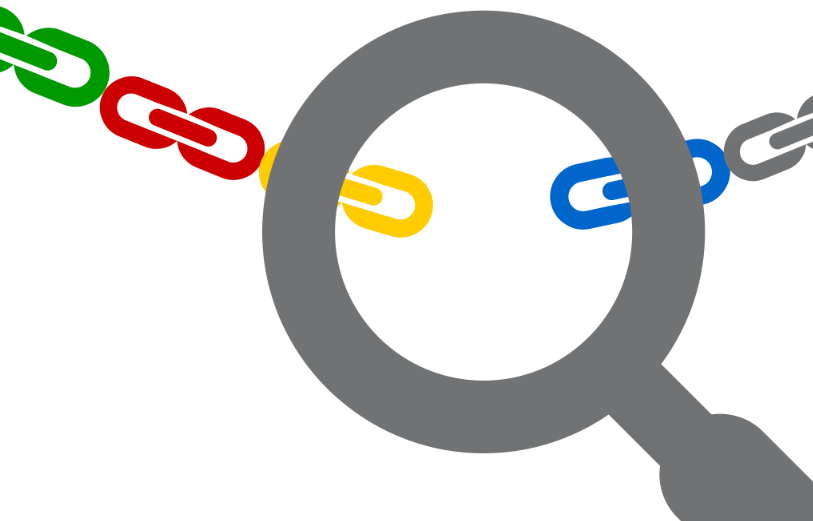
Each broken inbound link is an opportunity lost. You can completely avoid a link disaster now by capturing broken inbound links. Here’s how.
- Check how many broken links you have.
The easiest way to do this is through Google Webmaster Tools. If you don’t have an account, do yourself a favor and sign up for one. Once logged in, click open Crawl > Crawl Errors > Web tab.
Google will show you how many “Not Found” errors your website has, including HTTP errors (404) and broken URLs. The tool will even show you when it detected a broken link. Make use of data generated by Google and start fixing your links.
There are other tools that help capture broken links. Citation Lab’s Broken Link Finder tool is a premium tool that automates the process in the shortest possible time.
- Fix broken links that matter to your website.
Not all inbound links are equal. You have to evaluate which of those broken links captures are worth fixing. Links that are relevant to your industry or subject and links coming from active websites are good link building opportunities. Email the webmaster and ask for the typos to be corrected. If you can’t find a contact information, you can scrape it using Link Research Tools’ Contact Finder.
- Redirect links to where they are supposed to go.
Contacting webmasters works if you have a trivial amount of broken links to fix. But what if you have a sizable amount of inbound links broken? Solving this problem requires a bit of technical know-how. You have to permanently redirect broken links to the page by adding 301 redirection rules to your site’s .htaccess file. Doing so allows Google and other search engines to keep the link juice from the broken link flowing to your site.
Links are essential to SEO and user experience. They are the lifeblood of your Internet traffic. It’s best to keep an eye on them today than risk having an unmanageable amount of broken links later. And in case you do find some, consider them as link building opportunities.